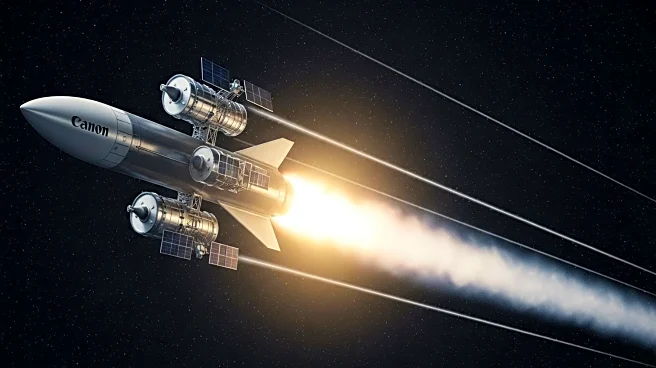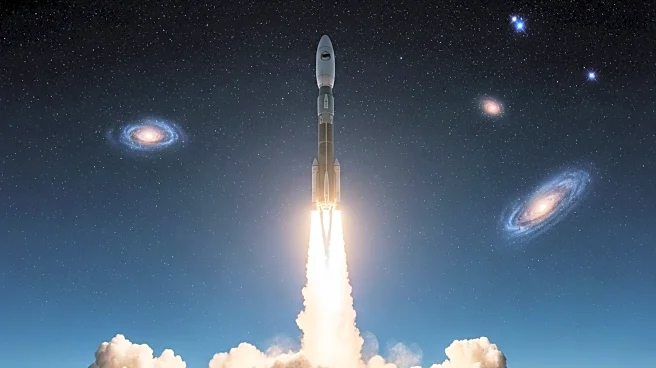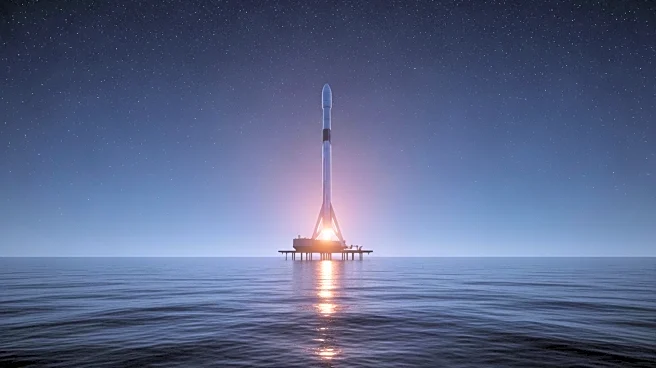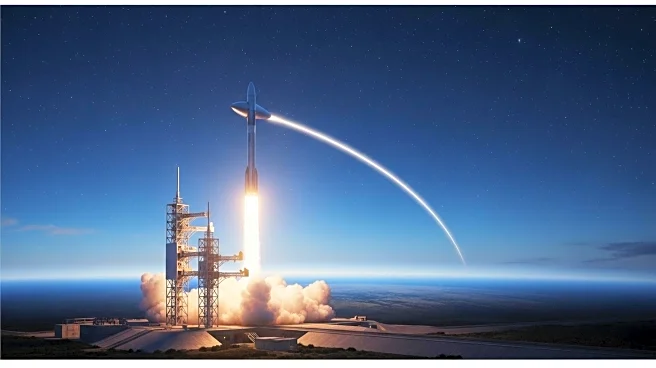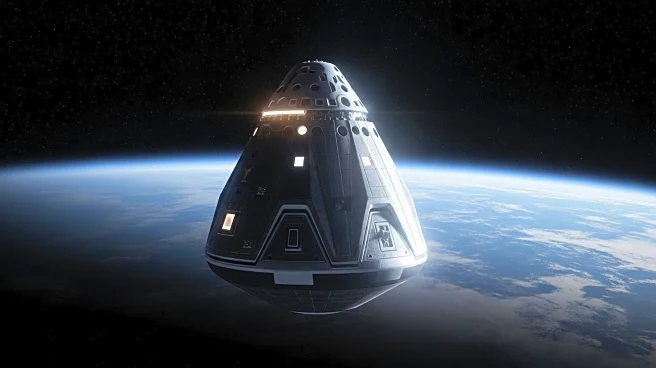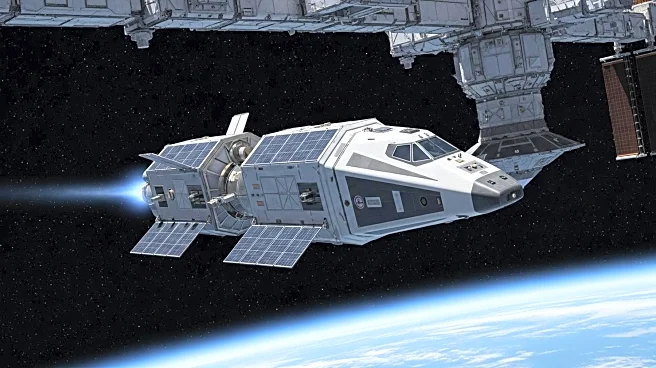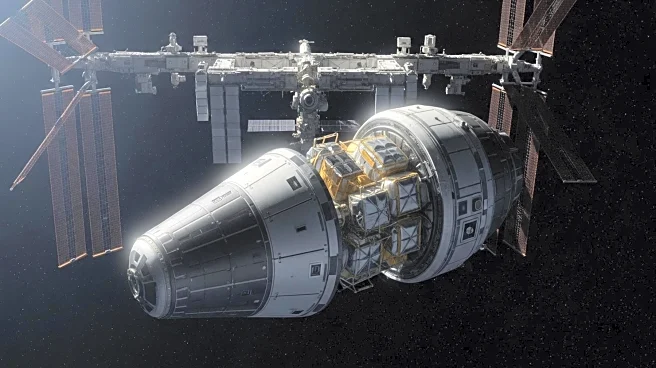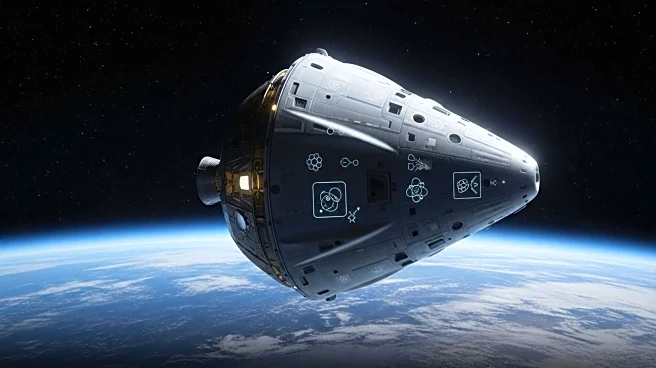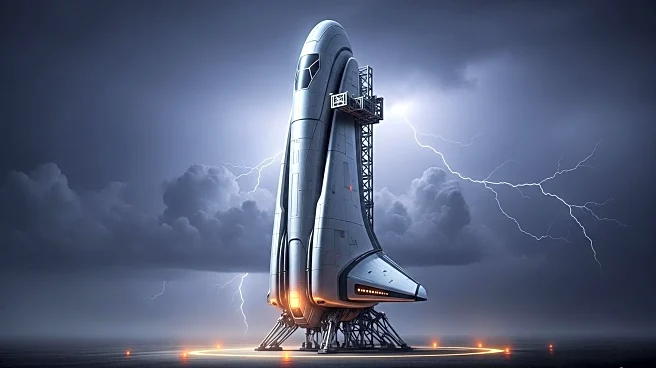What's Happening?
SpaceX successfully launched 28 Starlink internet satellites into low Earth orbit using a Falcon 9 rocket from NASA's Kennedy Space Center in Florida. This marked the 30th flight for the Falcon 9's first stage, which also achieved its 30th landing on the SpaceX drone ship 'A Shortfall of Gravitas'. The extensive reuse of Falcon 9 is part of SpaceX's strategy to make spaceflight more cost-effective and efficient. The company plans to further enhance reuse capabilities with its next vehicle, Starship, which is designed to launch, land, and fly again in less than an hour.
Why It's Important?
The successful launch and landing of the Falcon 9 rocket underscore SpaceX's commitment to reducing the costs of space travel through reusable technology. This approach not only makes space exploration more accessible but also supports SpaceX's broader goals of enabling human settlement on the moon and Mars. The expansion of the Starlink satellite network enhances global internet connectivity, providing high-speed internet access to underserved regions and potentially transforming telecommunications worldwide.
What's Next?
SpaceX plans to continue expanding its Starlink satellite constellation, which already consists of over 8,200 operational satellites. The company aims to launch more powerful satellites aboard the Starship once it becomes operational, further increasing the network's speed and coverage. This ongoing development could lead to significant advancements in global internet infrastructure and support SpaceX's long-term vision of interplanetary colonization.
